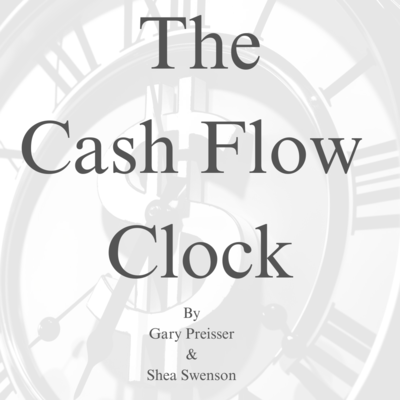The Cash Flow Clock: For Retirees - Book - Page 25

The Cash Flow Clock
The Impact of Losses
No one likes to lose, especially when it comes to our hard-earned money.
Unfortunately, losses in our portfolio are more devastating than we may
realize.
When the market is down, what are we told to do? Certainly we shouldn’t
sell and miss out on the inevitable rebound. If we can, we should invest
more because we are buying at a discount and the market will rebound over
time. If we can’t, we should at least stay in the investment until we recover
our losses.
If the market is down 10%, it should be easy to get that 10% back. The
problem is, 10% is no longer enough. Because we have less money
invested, we need a higher rate of return just to get back to where we started.
If we had $100,000 and lost 10%, we only have $90,000 now. It needs to
grow a little over 11% just to be back up to $100,000.
The more we lose, the worse it gets. If we lose 20%, we need to earn 25% to
get back to where we started. If we lose 40%, we need to earn 66.7%. If we
lose half, we need to double our investment – just to get back to where we
started.
The financial services industry doesn’t like to talk about negative Alpha
(probably because most mutual funds underperform the market) or losses.
Instead, the primary focus is average rate of return.
This is problematic for a few reasons:
1. Average rate of return doesn’t consider how much risk (Beta) we are
taking in our portfolio
2. It doesn’t consider how much we are making in our portfolio
compared to what the market is making (Alpha)
3. It doesn’t factor in the destructive impact of portfolio losses
Here is an extreme example that illustrates the last point:
21